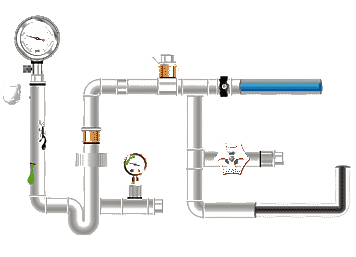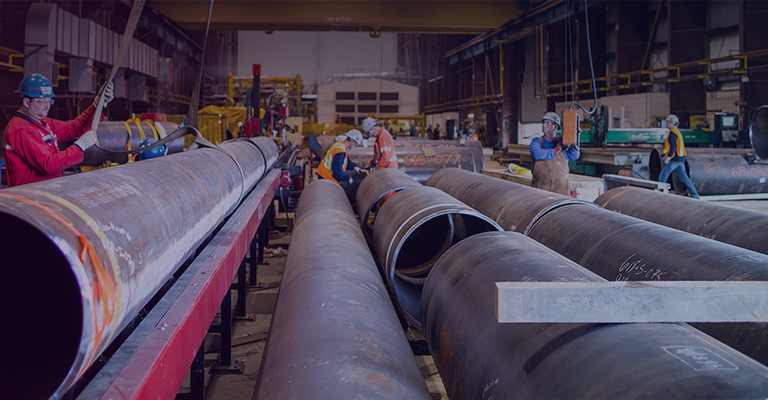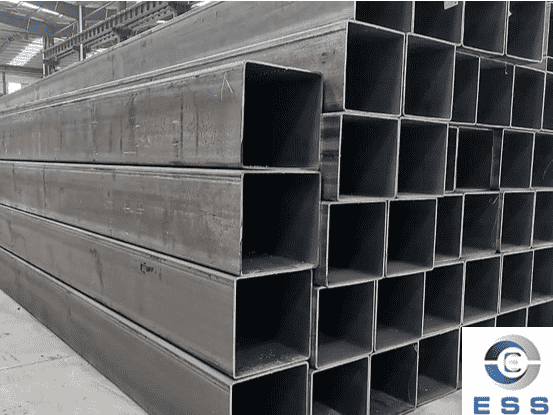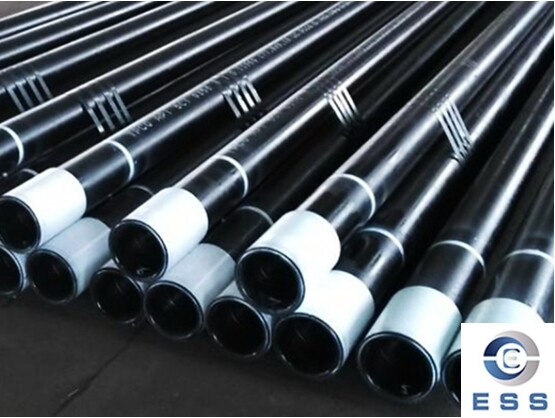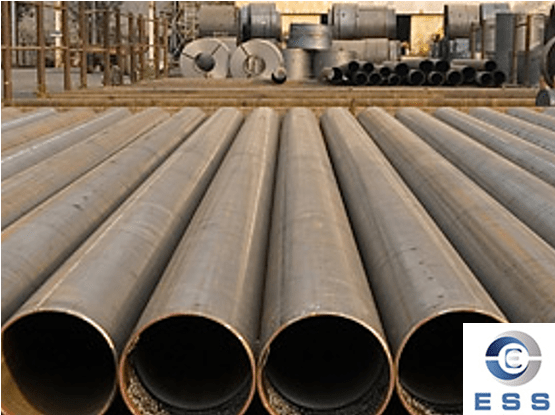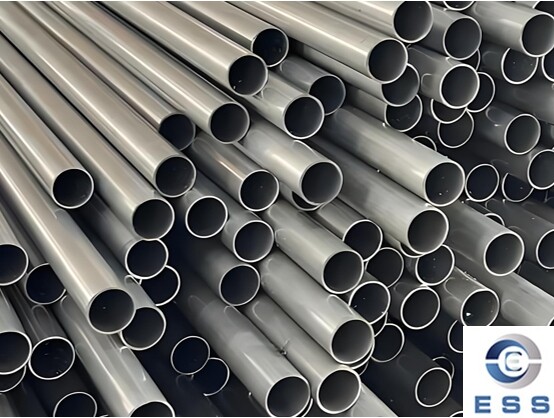
Hydraulic tubes are an indispensable part of the hydraulic system, and the pressure
they can withstand has a certain limit. Its bursting pressure refers to the
pressure value at which the pipe is damaged under the action of internal
pressure. So, what is the bursting pressure of hydraulic tubes? What are the
factors affecting the bursting pressure of hydraulic tubes? How to prevent it?
What
is the bursting pressure of hydraulic tubes?
The
bursting pressure of hydraulic tubes refers to the pressure value at which the
hydraulic tube is damaged under the action of internal pressure. This value is
usually 4-5 times the working pressure of hydraulic tubes. According to
domestic standards, the working pressure of hydraulic tubes is divided into
four types: low pressure, medium pressure, high pressure and ultra-high
pressure. The bursting pressure of hydraulic tubes is generally between 100MPa
and 150MPa, but the specific value will be affected by many factors such as the
material, diameter, wall thickness and use environment of the pipe.
What
are the factors that affect the bursting pressure of hydraulic tubes?
There
are many reasons that affect the bursting pressure of hydraulic tubes. The
common ones mainly include the following:
1. Use
of inferior hydraulic tubes
There
may be substandard hydraulic tubes on the market, whose performance and
reliability are far inferior to regular products. Using such pipes will greatly increase the risk of bursting. The
strength, ductility and corrosion resistance of the materials used for pipes
(such as mild
steel pipe, seamless
steel pipe, etc.) directly determine the pressure limit of the pipe.
High-quality materials usually have higher bursting pressure.
2. Wall thickness and diameter
The thickness of the pipe wall is an
important factor affecting the bursting pressure. Thicker walls usually provide
higher strength, but if the design is unreasonable, it may cause problems such
as thermal efficiency and structural stress. At the same time, the diameter of
the hydraulic tube will also affect the force distribution.
3. Manufacturing process
Whether the precision process is used in
the manufacturing process, such as processing accuracy, surface quality, etc.,
is closely related. Processing defects, welding quality, etc. may reduce the
overall performance of the hydraulic tube.
4. Operating environment
Environmental factors such as working
temperature, medium characteristics (such as the quality and temperature of
hydraulic oil) and fatigue effect under long-term operation will affect the
performance of hydraulic tubes, thereby changing the bursting pressure.
5. Pressure fluctuation and stress
concentration
In actual operation, the pressure
fluctuation and impact load of the hydraulic system may cause stress
concentration in the local area of the pipeline, thereby
affecting the bursting pressure. Reasonable design of connectors and uniform
wall thickness can help alleviate this problem.
Preventive measures for hydraulic tube
bursting
In order to prevent hydraulic tube
bursting, the following measures can be taken:
1. Select high-quality materials and
products
Ensure the use of hydraulic tubes that have
undergone strict quality inspection or are produced using seamless technology
to reduce the risk of bursting caused by material defects.
2. Reasonable design and calculation
During the design stage, the wall
thickness, diameter and other structural parameters are reasonably determined
according to the actual working conditions and safety regulations to ensure
that the hydraulic tube has sufficient safety margin when it is subjected to
working pressure.
3. Strict control of manufacturing process
Adopt advanced manufacturing technology and
precision machining technology to reduce machining defects and unevenness,
ensure stable product quality, and avoid local stress concentration.
4. Standardized installation and
maintenance
During the installation process, strictly
follow the operating procedures to ensure that the joints, welding and
connectors (such as valve, pipe flange and other components) meet the standard requirements. At the same time,
regularly inspect and maintain the system to promptly discover and eliminate
hidden dangers.
5. Control the working environment
Reasonably set the working pressure of the hydraulic
system to ensure that it does not exceed the design limit; at the same time,
use the temperature control device to maintain the hydraulic oil in the
appropriate temperature range to prevent seal failure or material performance
degradation caused by high temperature.
Summary
The bursting pressure of the hydraulic tube
is usually 4-5 times its working pressure, generally between 100MPa and 150MPa,
and the specific value depends on the material and diameter of the pipe. The
main causes of hydraulic tube bursting include the use of inferior pipes, the
thickness and diameter of the pipe wall, and the high temperature of the
hydraulic oil. Understanding these factors can help make more reasonable
decisions in the design and material selection process, thereby improving the
safety and reliability of the system.









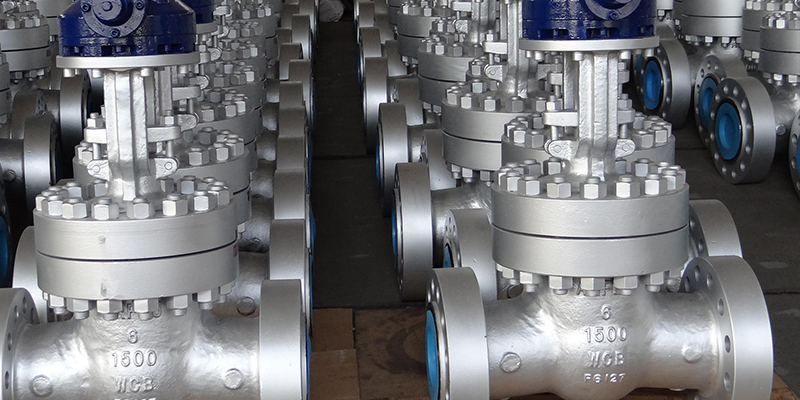
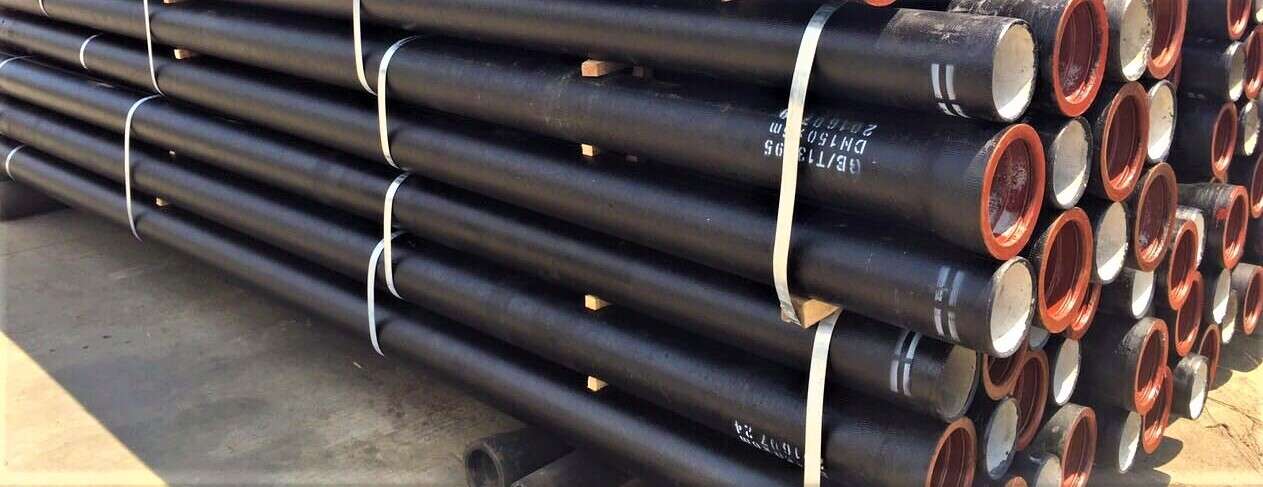


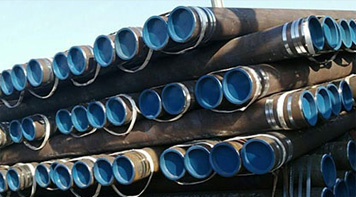 Eastern Steel Manufacturing Co.,Ltd not only improve product production and sales services, but also provide additional value-added services. As long as you need, we can complete your specific needs together.
Eastern Steel Manufacturing Co.,Ltd not only improve product production and sales services, but also provide additional value-added services. As long as you need, we can complete your specific needs together.
